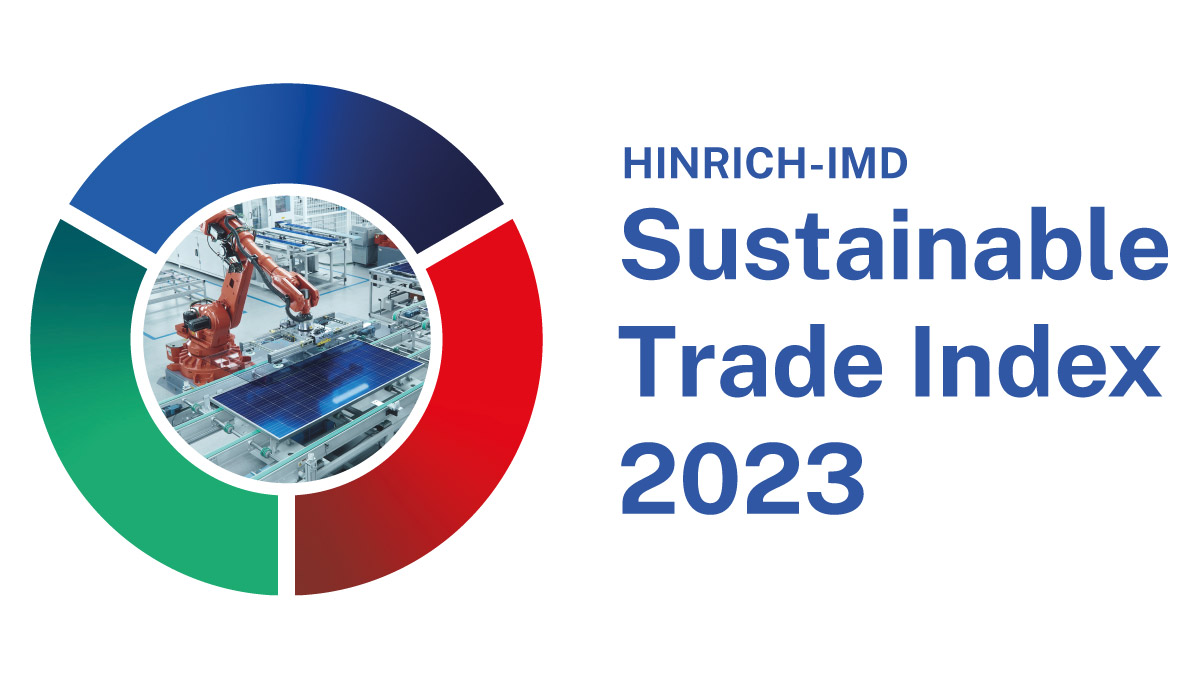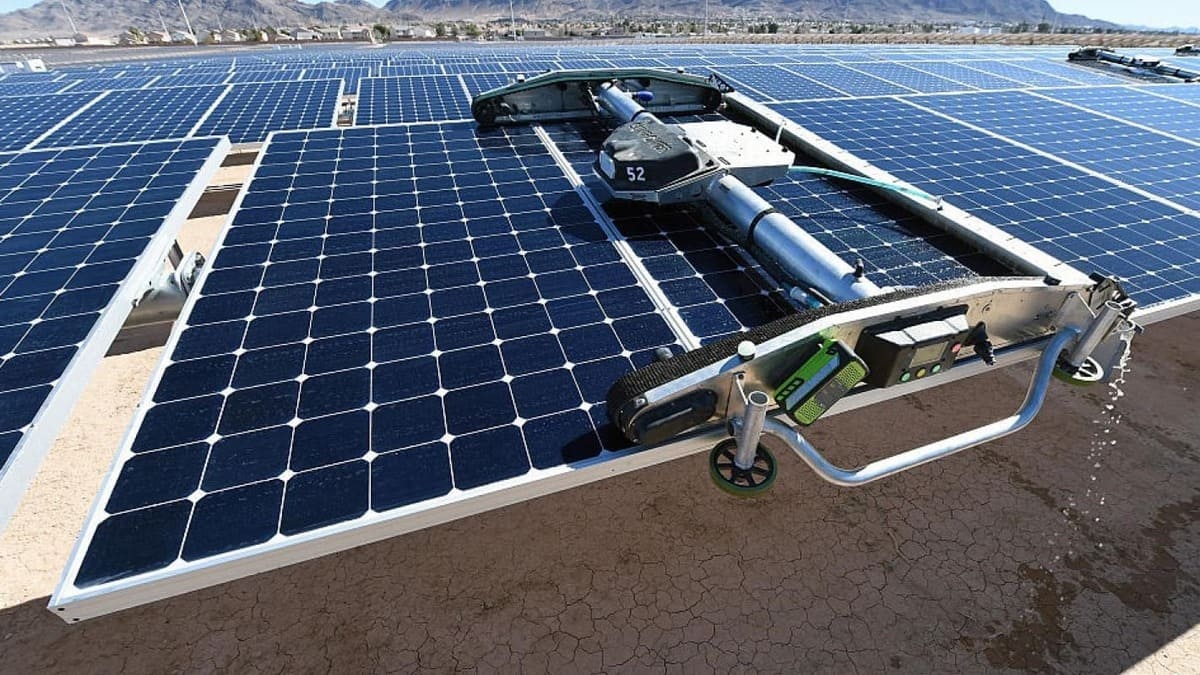Published 14 September 2020 | 8 minute read
China’s dual circulation strategy will bring more sustainable trade despite short term turbulence. The world is not turning its back on trade or globalization, but it is being driven towards a more nuanced approach with a more realistic balance than the previous ‘more is better’ mindset.
Article originally published in the South China Morning Post.
China’s recently announced “dual circulation” strategy – in which its traditional emphasis on growth through exports will be bolstered by a renewed focus on spurring domestic demand – is a prudent recognition of a simple reality: the highly conducive international trade environment which fueled China’s super-charged growth for decades is now breaking down.
The prevailing presumption, since at least the 1990s, across both developed and developing nations has been – the more trade, the better. The efficiencies and hoped-for geostrategic benefits of deep economic integration were seen as far outweighing any dislocations that might occur.
Whether by happenstance or design, China’s timing during this period was impeccable. It revved up its export engine at the precise moment the large markets of the West were most hospitable, both philosophically and fiscally, to absorbing Chinese imports and investing heavily in China.
But today, the old assumptions are fading away and a new era is emerging in which more trade and deeper integration – with China in particular – is no longer considered to be an unalloyed good and the presumed benefits are no longer taken as a given.
A new era in trade
This new era is being driven by the confluence of three factors:
- A growing belief in the West that it gravely underestimated the deleterious impacts which accompanied China’s integration into the global trade system;
- A greater willingness (certainly on the part of the US, but increasingly also the European Union, Australia, and Japan) to confront China and attempt to reset the terms of the trade relationship, and
- The Covid-19 pandemic highlighting the risks and vulnerabilities inherent in deep trade integration, spurring countries and companies to reduce reliance on other economies.
The world is not turning its back on trade or globalization, but these factors are driving us towards a far more nuanced approach than the previous “more is better” mindset. The trade landscape China will have to navigate henceforth will be considerably less benign than the one it traversed for the past two decades.
Dual circulation
The announcement at the May Politburo meeting, reinforced in subsequent public comments by President Xi, that China would adopt a dual circulation strategy was a signal that China’s leadership comprehends, and is prepared to respond to, these new realities.
The two “circulations” referred to are “international circulation” (essentially production for exports) and “internal circulation” (essentially production for domestic consumption). While China’s focus for the better part of the past three decades has been on international circulation, the dual circulation strategy will place a heightened emphasis on internal circulation – while not forsaking the export goose that has laid the golden eggs.
Although details on the new strategy have been extremely sparse, China is essentially seeking to maintain its ability to engage globally in trade, finance, and technology where and when it suits China’s interest, while at the same time strengthening domestic demand, production, and technological capabilities in order to create a hedge against disruptions in the global marketplace.
Under this policy, the rest of the world will no longer be the leading sector of the Chinese economy. China will become more self-reliant.
Easier said than done?
The fact that the strategy is being discussed at such high levels in the lead-up to the expected October release of China’s 14th five year plan likely portends that this new strategy will be a cornerstone of China’s economic policy for years to come. It remains to be seen, however, how successful the dual circulation strategy will ultimately be.
There are contradictions and challenges. The steps necessary to spur domestic demand (such as by raising wages), for example, will also undercut China’s export competitiveness. While the export growth model has delivered success thus far, the challenge now is to develop domestic demand for the next stage. But this will require a large and complex rebalancing that will necessarily spill over into the trade realm.
The effort to reduce China’s external reliance, especially in the technology, energy, and agricultural sectors, is sensible. China relies on US$300 billion worth of imported semiconductors to meet over 85% of its domestic market demand, and the progressive tightening of US export restrictions demonstrates just how precarious that source of supply has become.
But China’s desire to develop its own technological capability to overcome its dependence on US and other foreign chips is certainly nothing new – it has been a centerpiece of economic plans for years. Until now at least, the US has managed to stay one step ahead.
Towards a more sustainable global trade system?
The emergence of this new era in trade will inevitably bring a certain amount of turbulence in the short term. Relations will be frayed, barriers and restrictions will rise, and inefficiencies and costs will be imposed. But there is no way to escape the simple fact that the existing framework for trade has become unsustainable.
In order to be sustainable, trade needs to be conducted on mutually acceptable terms which balances economic gains with a broader basket of considerations, including the need to avoid overreliance on a single trade partner, a recognition of the inevitable intermingling of trade and geo-politics, and a greater accounting for the wide range of trade-related social and environmental issues which profoundly affect the lives of average citizens. It would be hard to look at our current trade system and conclude that we have struck an acceptable and sustainable balance across these considerations.
China’s dual circulation strategy reflects its desire to rebalance in light of new realities. The US, the EU, Japan, India, Australia and other leading trade nations are also, to one degree or another, making similar adjustments. Expect the process to be messy. But to the extent the current period of turmoil can ultimately produce a recalibrated approach to trade which reflects a more realistic balance, we will have taken a positive step towards a more sustainable trade system.
© The Hinrich Foundation. See our website Terms and conditions for our copyright and reprint policy. All statements of fact and the views, conclusions and recommendations expressed in this publication are the sole responsibility of the author(s).







